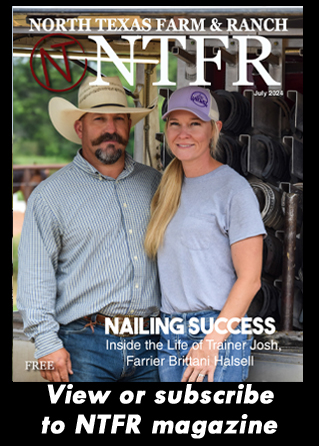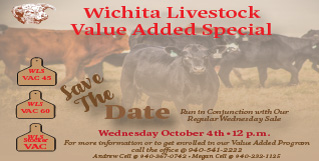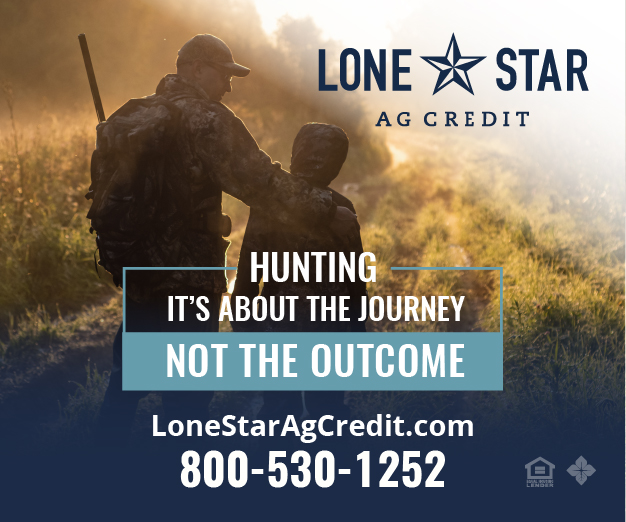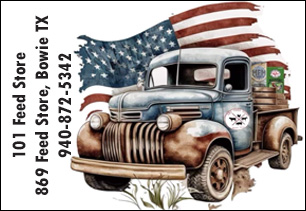Equine
IRAP in Equine Osteooathritis
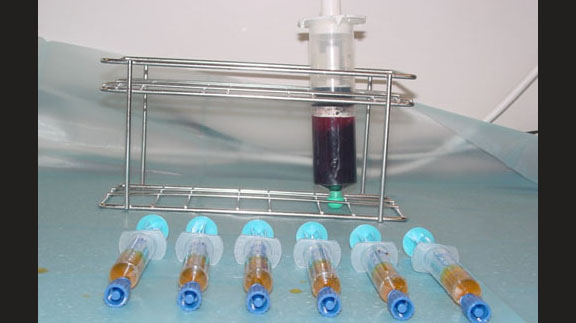
By Dr. Bellefeuille, DVM, MS
Lameness due to joint disease is detrimental in the equine industry. Osteoarthritis and joint disease cause the largest economic impact in performance and aged horses. Over the last decade new advances in scientific therapies have been introduced to the equine market that allow veterinarians to treat the once thought of untreatable osteoarthritis and degenerative joint disease. Interleukin-1 (IL-1) and tumor necrosis factor-alpha (TNF) are two of the primary proinflammatory cytokines that initiate the destructive cascade of osteoarthritis leading to a vicious cycle of cartilage erosion/damage and lameness. Therefore, IL-1 and TNF are two of the most targeted cytokines to help slow and even stop the destructive process that occurs within joints during osteoarthritis. Autologous conditioned serum is produced by conditioning certain blood components to increase their production of components that counteract or interfere with the IL-1 and TNF pathways.
Our ability to condition a horse’s own blood into a product that can be injected back into joints has come a long way in the past few years. The most widely used autologous conditioned serum product is IRAP. IRAP stands for Interleukin-1 Receptor Antagonist Protein. It was developed to counteract IL-1 that is produced in the traumatized joint leading to cartilage damage and lameness. IRAP works by preventing the binding of IL-1 to its receptor, therefore blocking the damage and inflammation caused by IL-1. To read more pick up the April 2016 issue of NTFR.
Equine
A Memorial Roping
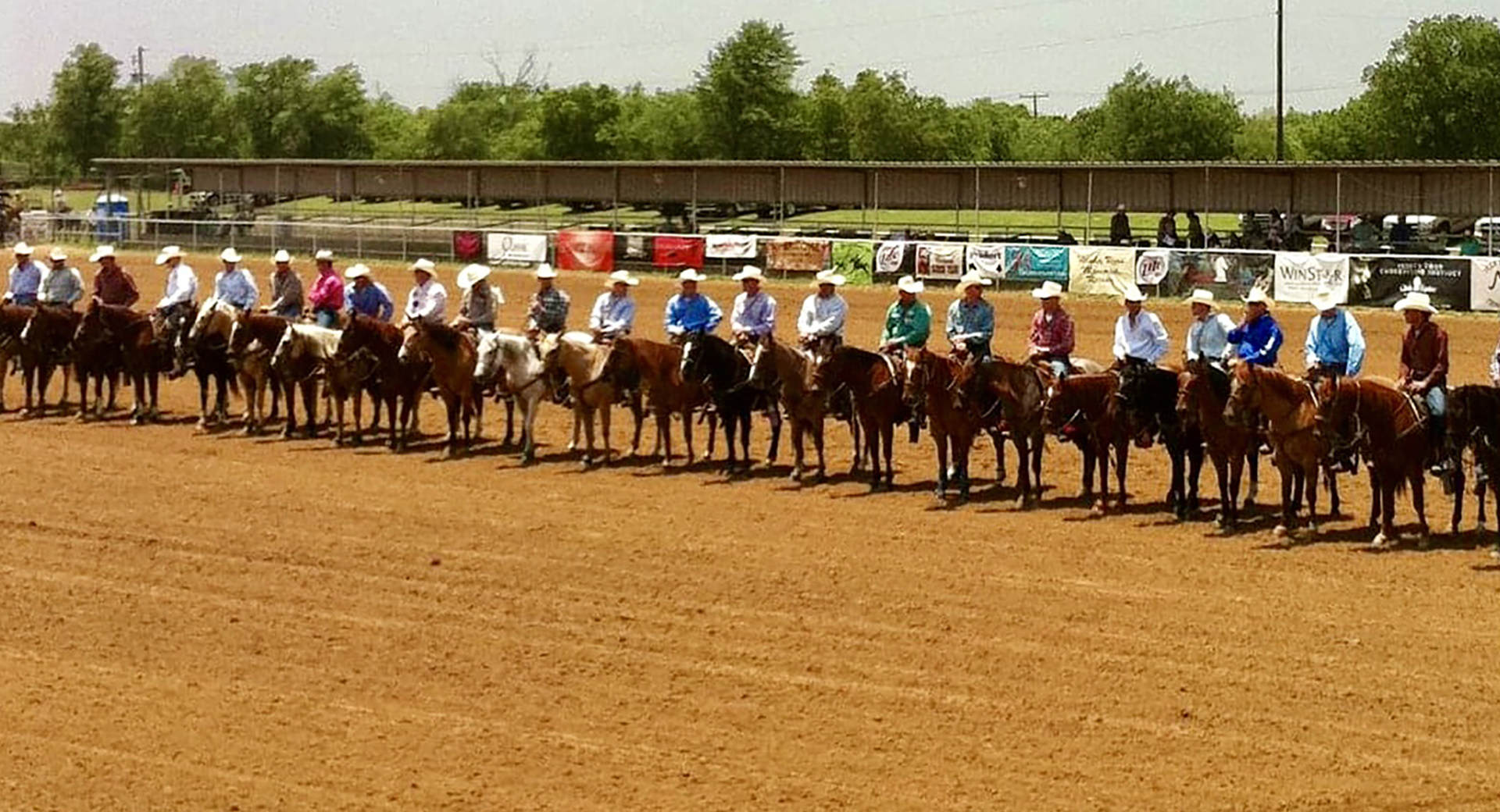
By Krista Lucas Wynn
The annual Windy Ryon roping was held on Memorial weekend, May 24-26, 2024. The bucket list event, in Saginaw, Texas, featured exciting competition in team roping, breakaway roping, tie down roping, steer roping, and team tying. Miraculously, the weather did not play much of a factor in the arena conditions, and it was a fun time had by all.
The three days of competition was the 50th year for the Windy Ryon, named after the cowboy businessman who founded Ryon’s Saddle Shop and Western Store, located in the historic Fort Worth Stockyards. The arena is conveniently just 10 minutes from the Stockyards, giving fans a full day of western activities. The weekend kicked off Friday, May 24, with an open breakaway roping, women’s team roping and open team roping.
To read more, pick up a copy of the July issue of NTFR magazine. To subscribe by mail, call 940-872-5922.
Equine
Two Texas Riders Claim Big Titles in Sooner State
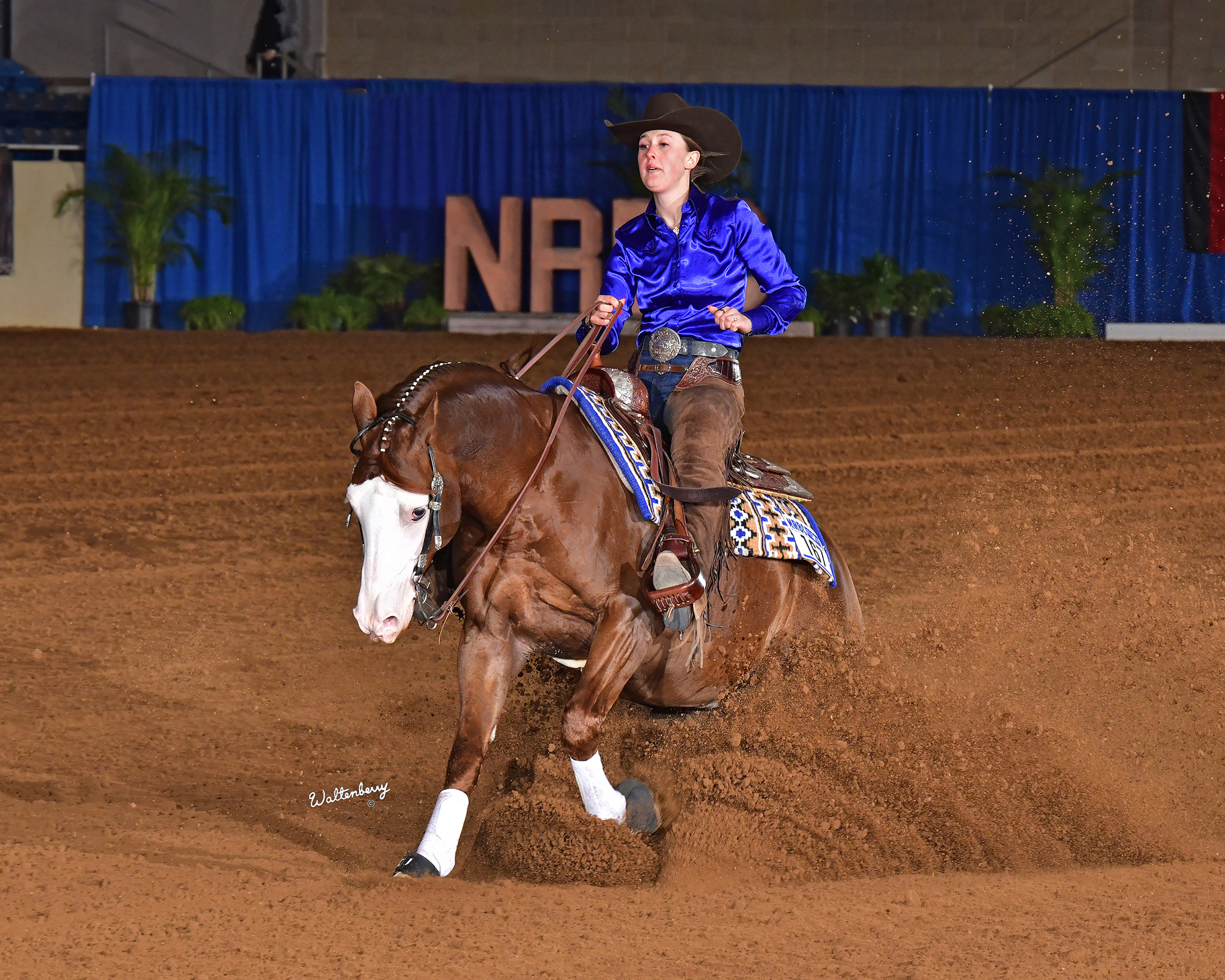
By Savannah Magoteaux
In April, reining horse enthusiasts from across the country and around the globe traveled to Tulsa, Okla., for the National Reining Breeders Classic. The event, one of the largest in the reining industry, made its move to Tulsa in 2023, after more than two decades in Katy, Texas. The move was lucrative, and the event set multiple records, prompting the NRBC Board of Directors to expand the event to 12 days.
When the spin was spun and the final slide slid, the event had awarded more than $1.7 million in prize money alone, plus countless prizes that would fill two rooms – that’s not including the two trophy trailers presented to the Open and Non Pro Champions. The NRBC will return to Tulsa April 15-26, 2025.
Weatherford’s Casey Deary Wins Open Championship on Down Right Amazing
Scores started out high in the NRBC Open Finals and continued to build through the evening, along with the anticipation of the crowd, all waiting for that big run to topple all the previous scores. That ride came to rapturous applause as Casey Deary and Down Right Amazing rode out of the arena to the sound of “The Circle of Life,” the song denoting a new high score at the NRBC.
To read more, pick up a copy of the June issue of NTFR magazine. To subscribe by mail, call 940-872-5922.
Equine
Women in Rodeo
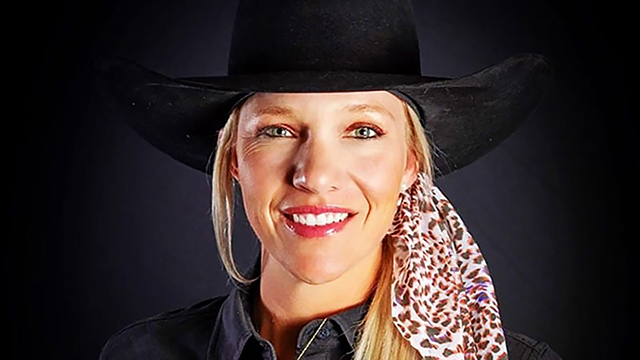
By Krista Lucas Wynn
As female sports come under fire in 2024, the same can not be said for the sport of rodeo. The western industry is not short of talented, strong cowgirls. The Women’s Rodeo World Championship, presented by the World Champions Rodeo Alliance and the Professional Bull Riders, is the world’s richest women’s rodeo with a guaranteed payout of $750,000.
The week-long event showcases women competing in barrel racing, breakaway roping and team roping. The WRWC is the culmination of professionals and challengers alike who have qualified by a point system, held May 13-18 at Cowtown Coliseum in Fort Worth, Texas, and the championship round is at AT&T Stadium in Arlington, Texas.
Competitors are nominated at any event throughout the year to earn points leading up to the WRWC.
To read more, pick up a copy of the June issue of NTFR magazine. To subscribe by mail, call 940-872-5922.
-
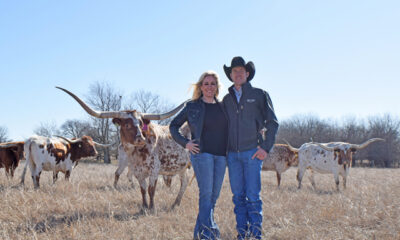
 Country Lifestyles1 year ago
Country Lifestyles1 year agoScott & Stacey Schumacher: A Growth Mindset
-
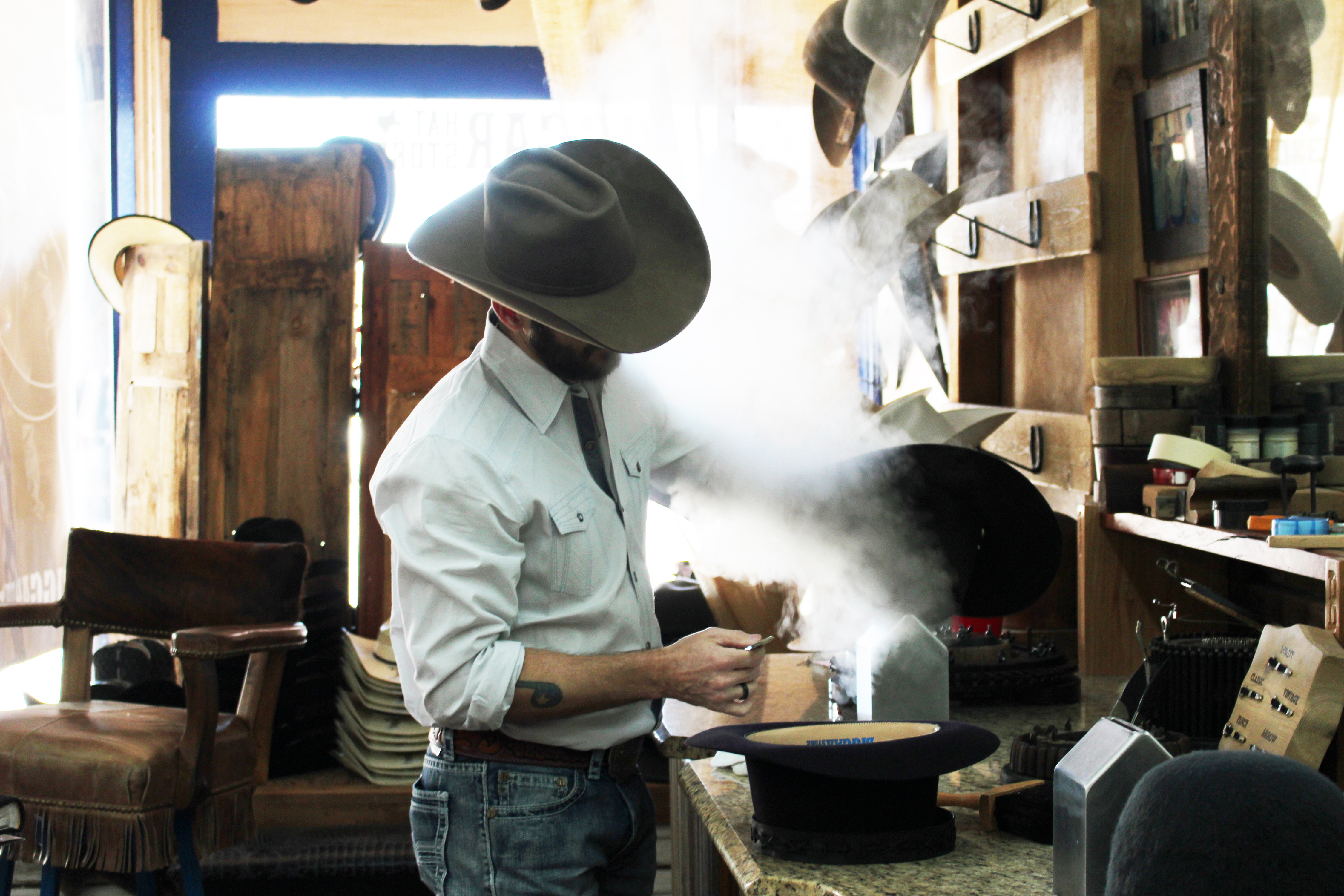
 Country Lifestyles7 years ago
Country Lifestyles7 years agoStyle Your Profile – What your style cowboy hat says about you and new trends in 2017
-
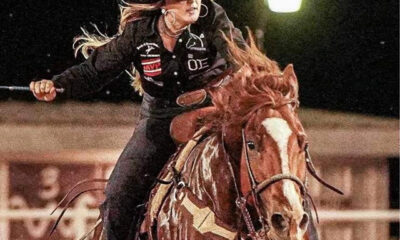
 Equine10 months ago
Equine10 months agoThe Will to Win
-
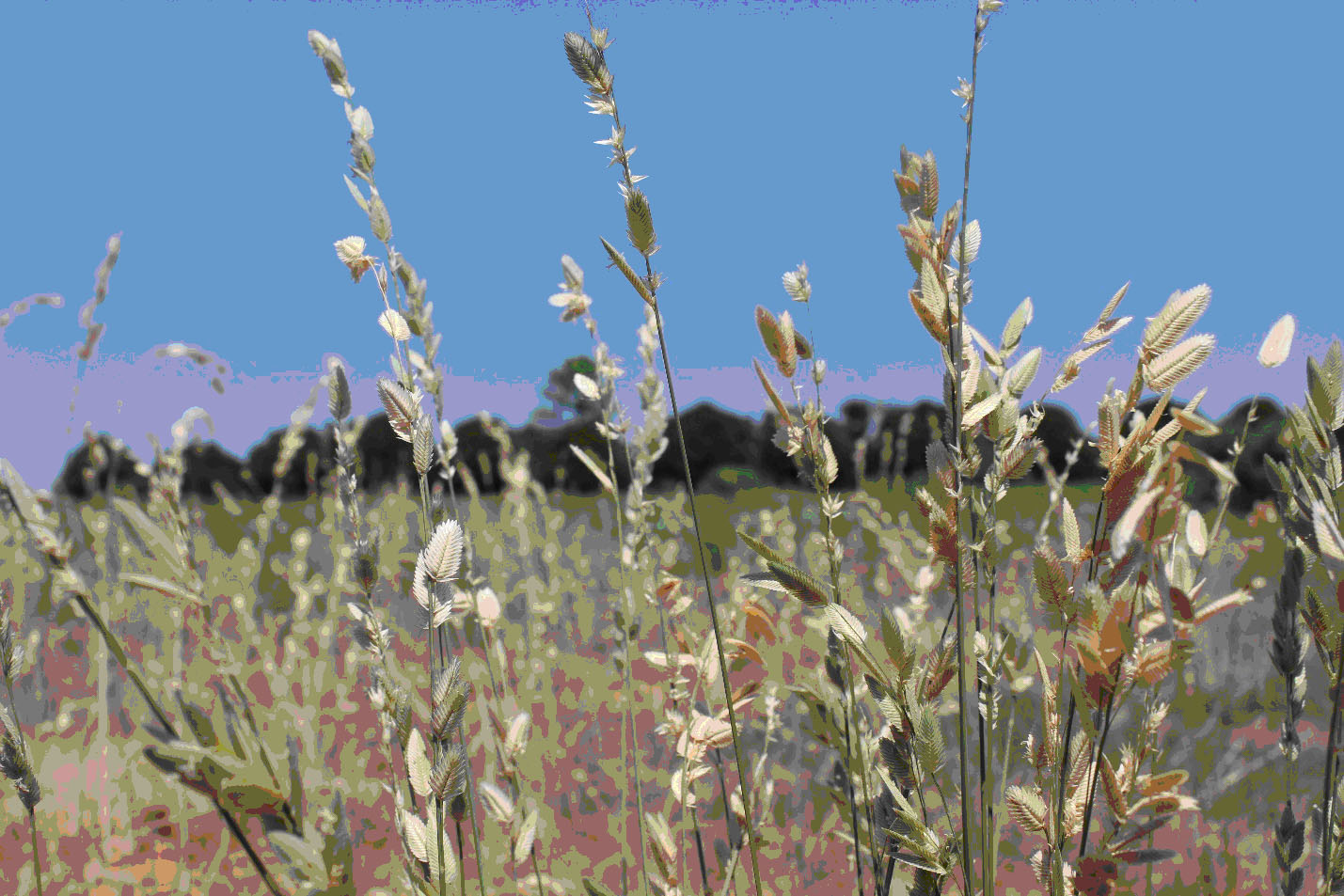
 HOME7 years ago
HOME7 years agoGrazing North Texas – Wilman Lovegrass
-
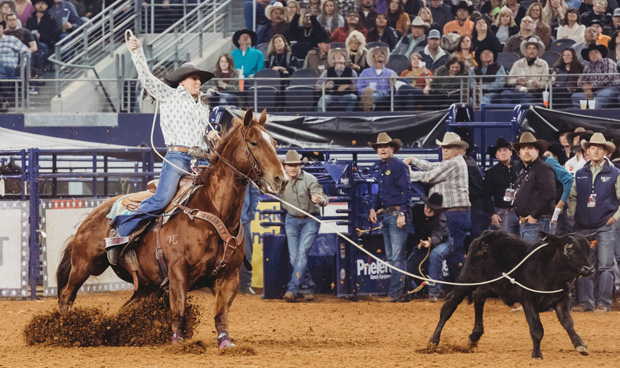
 Country Lifestyles4 years ago
Country Lifestyles4 years agoAmber Crawford, Breakaway Roper
-
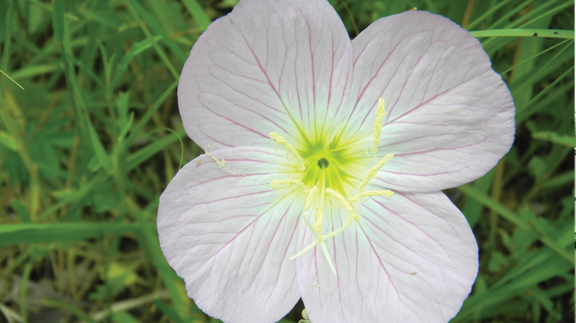
 Outdoor9 years ago
Outdoor9 years agoButtercup or Primrose?
-
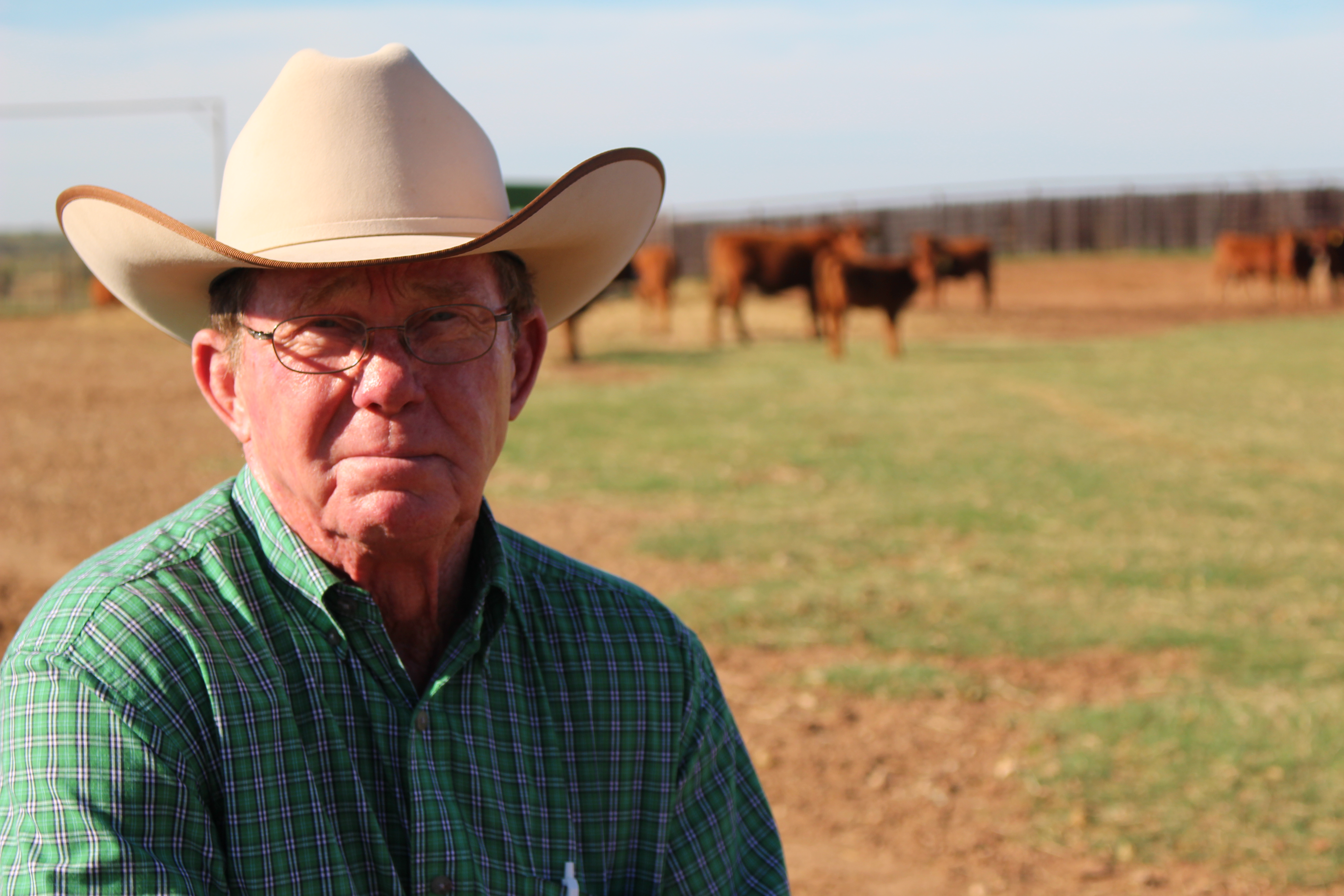
 Country Lifestyles8 years ago
Country Lifestyles8 years agoDecember 2016 Profile, Rusty Riddle – The Riddle Way
-
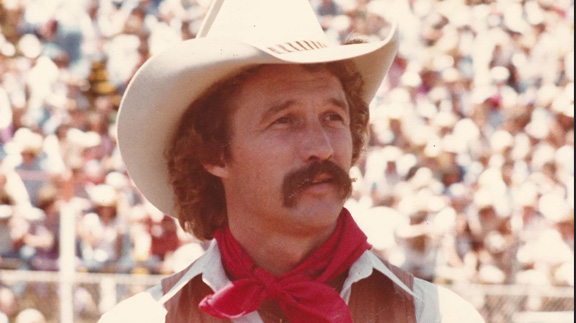
 Country Lifestyles8 years ago
Country Lifestyles8 years agoJune 2016 Profile – The man behind the mic: Bob Tallman
